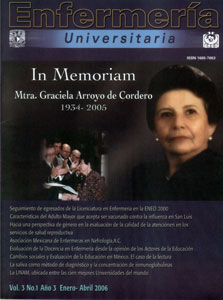La saliva como método diagnóstico de los cambios en la concentración de inmunoglobulinas
Main Article Content
Abstract
The saliva is a sure liquid something viscous, alkaline, that contains a 95% of water, a 3% of organic substances and 2% of mineral salts (great amounts of ions of potassium and bicarbonate, and less of ions chlorine and sodium). The salivation this regulated completely by the nervous system. The immunoglobulin is highly specific proteins antibody that are produced in answer to specific antigens. The antibodies or immunoglobulin are produced by lymphocytes B in their form together with the membrane. This antibody together with the membrane constitutes the receiver of antigens of cell B. lymphocytes B secrete antibodies only after its differentiation, induced by the interaction of the antigen with the membrane antibody of this cellular type. The igA is the predominant immunoglobulin in the saliva and intestinal secretions in form of igA secretory, the majority takes place like result of a synthesis and not of the circulatory torrent. The igG is produced by the plasmatic cell of bazo, the lymphatic ganglia and the bony marrow. It is the immunoglobulin of greater concentration in the blood, reason why defense by antibodies demists the most important function in half-full mechanisms.
Publication Facts
Reviewer profiles N/A
Author statements
- Academic society
- N/A
- Publisher
- Universidad Nacional Autónoma de México
Article Details
Dimensions citation
MÉTRICAS
Enfermería Universitaria by Universidad Nacional Autónoma de México it is distributed under the License Creative Commons Attribution - NonCommercial - NoDerivatives 4.0 International
Accepted and published articles become open-access under the terms of the Creative Commons CC BY-NC-ND 4.0 license, which authorizes the reproduction and sharing without commercial purposes, provided the corresponding acknowledgments to their authors. Authors are allowed to manage a self-archive copy of the article’s published version so that they can open-access it in their personal or institutional web pages, and/or any other broad-diffusion space.


